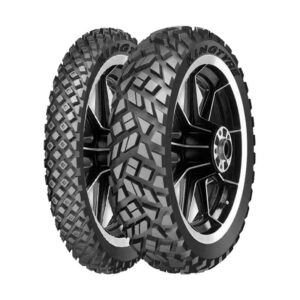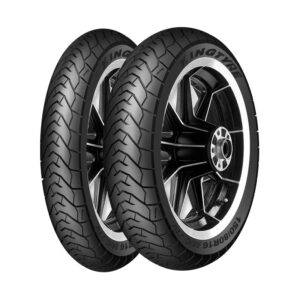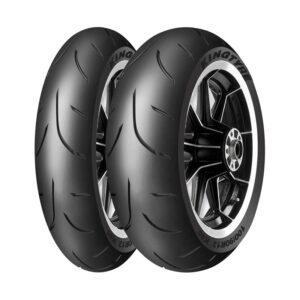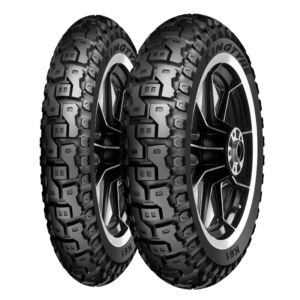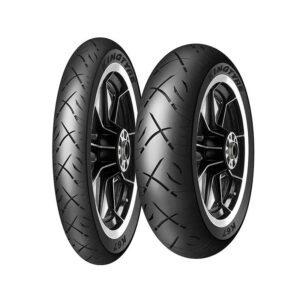You glance down at your motorcycle’s tires before a ride. They look fine, but you can’t help but wonder: how many more kilometers do they have left? Understanding your motorcycle tire’s lifespan isn’t just about getting your money’s worth; it’s a critical component of your safety on the road. For Harley Davidson riders, whose machines are built for long, powerful journeys, this question is even more pertinent.
The lifespan of a motorcycle tire in kilometers is not a single, simple number. It’s influenced by a complex interplay of factors, from your riding style to the very rubber compound of the tire itself. This guide will break down these factors, give you realistic mileage expectations, and provide practical tips to maximize the life of your tires, with a special focus on the durability of premium options like the Kingtyre K99.
Before we talk numbers, it’s crucial to understand what wears your tires down. Think of tire life as a balance between performance and longevity. A tire designed for maximum grip will typically wear faster than one designed for touring.
Here are the primary factors that determine your tire’s lifespan in kilometers:
So, what are the actual numbers? It’s important to take these figures as a general range, as your personal experience will vary based on the factors above.
Remember, the rear tire almost always wears out faster than the front, sometimes twice as fast, due to the forces of acceleration and bearing most of the bike’s weight.
As a Harley Davidson owner, you want tires that can handle the weight and power of your machine while providing a long, reliable service life. Here are actionable tips to get the most kilometers out of your Harley Davidson motorcycle tyres.
1. Check Tire Pressure Religiously
This is the single most important maintenance task. Under-inflated tires create excessive heat and flex, leading to rapid and uneven wear. Over-inflated tires reduce the contact patch, leading to poor grip and center-line wear. Check your pressure at least once a week when the tires are cold, using the manufacturer’s recommended PSI found in your owner’s manual or on the bike’s frame.
2. Adopt a Smoother Riding Style
Ease on the throttle when accelerating from a stop. Anticipate stops to avoid hard braking. Smooth, controlled inputs not only make you a safer rider but also significantly reduce tire wear.
3. Perform Regular Visual Inspections
Look for signs of uneven wear, such as cupping (scalloped patterns on the tread) or feathering. Also, check for any embedded objects, cracks, or bulges in the sidewall. Catching a problem early can prevent a catastrophic failure.
4. Ensure Proper Wheel Alignment and Balance
Misaligned wheels cause tires to scrub against the road, wearing them out prematurely. An unbalanced wheel causes vibration and uneven wear. Have these checked by a professional, especially when installing new tires for Harley motorcycles.
5. Choose the Right Tire for Your Ride
Invest in tires designed for your specific needs. If you primarily do long-distance touring on your Harley, a tire like the Kingtyre K99 is an excellent choice. It’s a radial tire designed for heavyweight touring bikes, offering a combination of stability, wet grip, and a long-lasting tread compound that stands up to the demands of a powerful cruiser.
Never rely solely on the odometer to decide when to replace your tires. There are several critical indicators that your Harley Davidson tires need changing, regardless of the distance traveled.
The lifespan of your motorcycle tires in kilometers is a personal equation, shaped by how you ride, how you maintain your bike, and the quality of the tires you choose. For Harley Davidson enthusiasts, selecting a tire built to withstand the unique demands of a heavyweight cruiser is paramount. By understanding the factors that influence wear, adhering to a strict maintenance routine, and knowing when to replace them, you can ensure every kilometer you ride is both safe and enjoyable. A durable, reliable tire like the Kingtyre K99 is engineered to be a long-term partner for your journeys, providing the performance and mileage that Harley riders demand.
